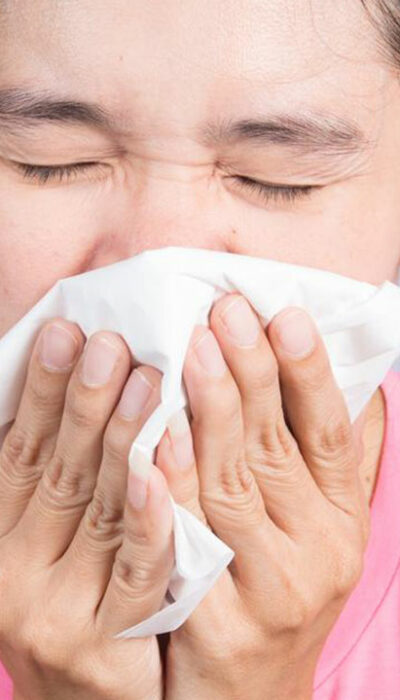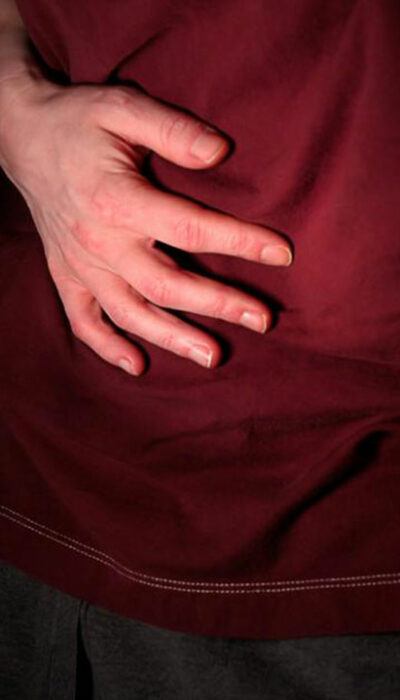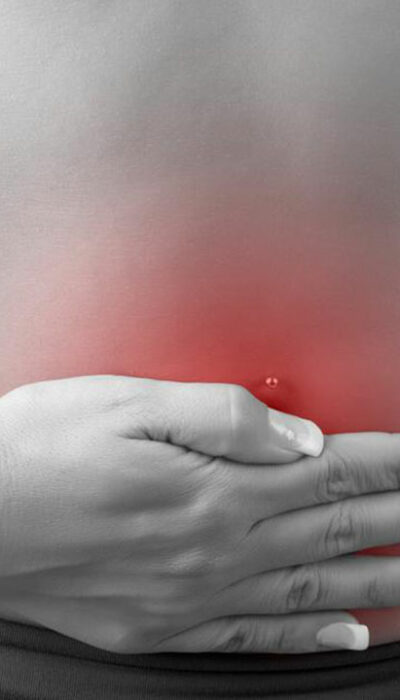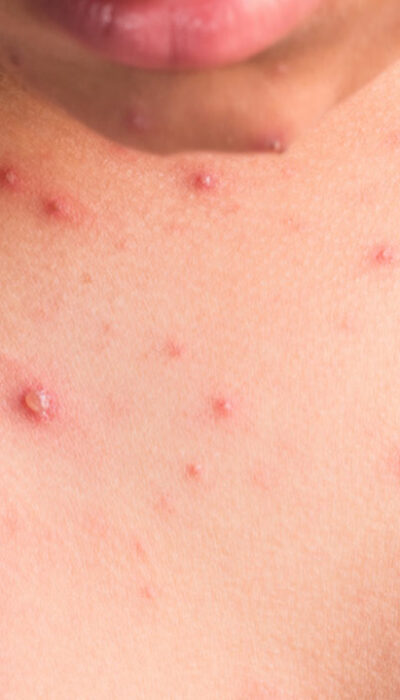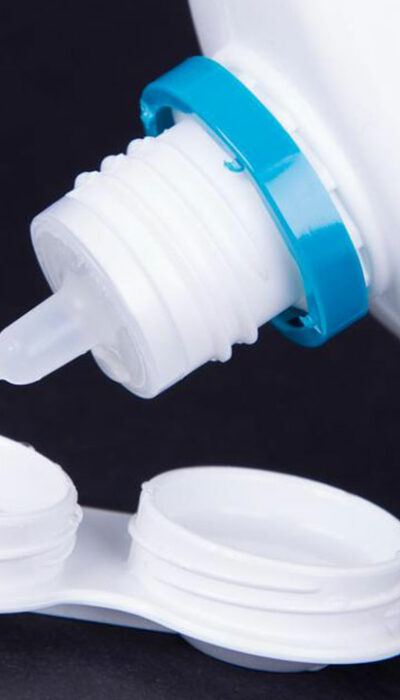
Pneumonia – Prognosis and Treatment Options
Pneumonia refers to the infection of the lungs in which one or both the air sacs get inflamed with pus or fluid. It is a common condition affecting people in the US and affects anyone from infants to adults. If reports are to be true then more than one million people need hospitalization to treat pneumonia every year. While eight to ten million people get affected with this infection. Breathing difficulty, chills, fever, or a cough with pus are some of the most common signs of pneumonia. Patients who get the condition diagnosed at an initial stage generally experience mild complication while delaying treatment can be life-threatening. Pneumonia prognosis – Pneumonia, being one of the most common respiratory infections in patients, is also responsible for claiming multiple lives every year. However, a proper pneumonia prognosis of the disease can help in curing the condition at the very onset and reduce threats to life. Pneumonia prognosis is generally made by advising a few medical examinations to the patient based on the symptoms of infection. Blood examinations – This is one of the most common ways of diagnosing any disease and pneumonia is also not an exception. Blood tests are recommended for confirming the infection by identifying the organism leading to the infection. Pulse oximetry – While a blood test is a primary measure required for predicting and determining the pneumonia prognosis, it is not the single measure that can help in identifying the condition completely. That is the reason, many doctors advise patients to get pulse oximetry done. It helps in identifying the oxygen level in blood and determines if there is any hindrance in the normal functioning. X-ray of the chest – If there is any indication of pneumonia in blood tests, doctors suggests chest X-rays to visualize the extent of the infection.
